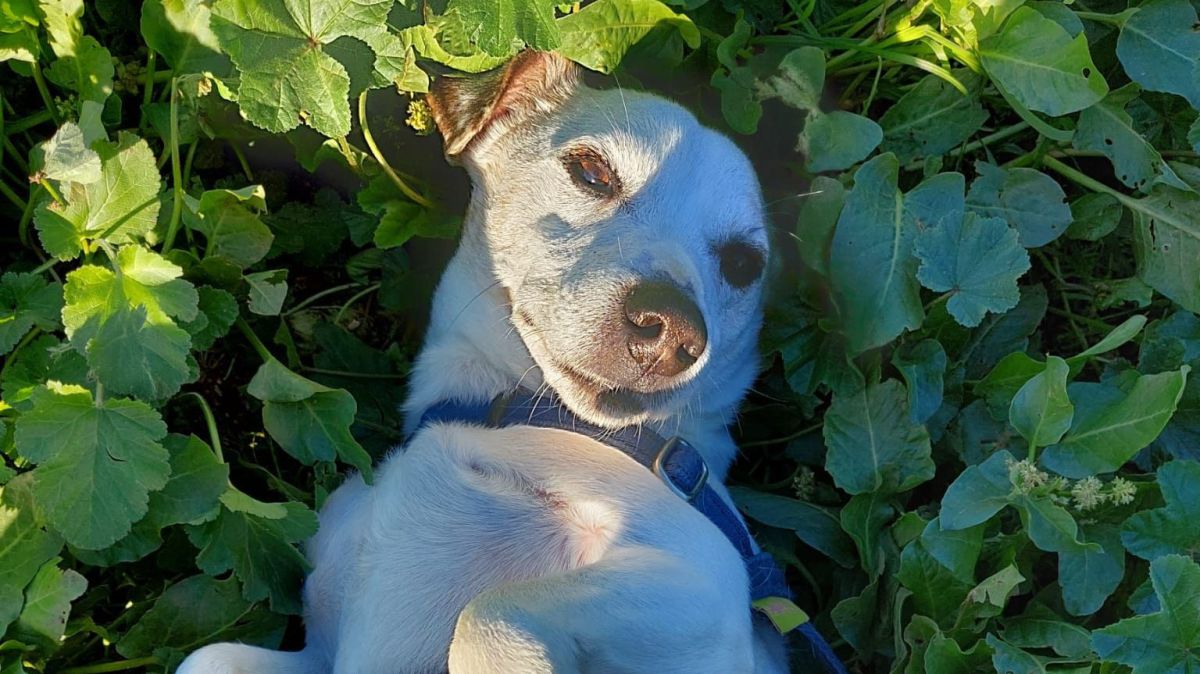The victim, Graham Dixon, aged around 70, was resident in the Armação de Pêra area. He is said to have taken up the hobby in recent years and had towed the fixed-wing aircraft down to Portugal from the UK.
The microlight came down just short of a runway at a local airfield where a small unofficial flying club operates.
Reports claim the aircraft was spiralling out of control before it hit the ground.
According to the GPIAAF’s provisional information on initial findings, the crash was caused after the British pilot lost control of the microlight as he was climbing left following take-off.
It said that the aircraft had previously performed two ‘touch-and-gos’ (take-offs and landings) with two British pilots on board as part of “proficiency training”.
The report states “the pilot made a final landing to disembark the other pilot.”
It explains Graham Dixon then returned to the runway to take off on a solo flight, but as he was climbing out, “lost the directional control of the aircraft and entered into a stall that caused the violent crash of the aircraft on the ground.”
The report further highlights the runway at the airfield as being “an unprepared runway (runway without specific surfacing).”
The safety investigation – which the GPIAFF stresses “is not to apportion blame or liability but only to retrieve lessons capable of preventing future accidents or incidents” – goes on to describe how “the pilot was incarcerated in the wreckage of the aircraft in a cardiac arrest, and the death was declared on site by a medical emergency services (INEM) team.”
The weather at the time, it says, was clear skies, 25 degrees Celsius, good visibility and a calm southerly wind.
“The GPIAAF was notified shortly after the occurrence and, after guaranteeing that the relevant evidence was kept undisturbed, an investigation team travelled in the early morning of the next day to the accident scene for the purpose of collecting evidence at the site”, the bureau recalls.
It launched an investigation, which is ongoing, and will look into the “functioning of the aircraft, the flight conditions, the actions and training of the pilot, the applicable procedures and the possible human factors involved.”
The safety investigation carried out by GPIAAF, it explains, has “the sole purpose of identifying causal and contributing factors involved in accidents or incidents, in order to recommend, if relevant, any preventive action that it considers necessary to be taken promptly to enhance aviation safety.
“The investigation is independent of, separate from and without prejudice to any judicial or administrative proceedings to apportion blame or liability.”
After concluding the investigation and consultation with relevant parties, the GPIAAF will publish a final report.
According to national and European legislation, if the final report cannot be made public within 12 months, an interim statement will be released at least at each anniversary of the accident, detailing the progress of the investigation and any safety issues raised; any urgent safety issues detected in an investigation are immediately transmitted to relevant parties to allow them to act accordingly.
Provisional findings from Quelfes microlight crash cite ‘loss of control’
in Algarve · 26 Oct 2017, 13:16 · 0 Comments









